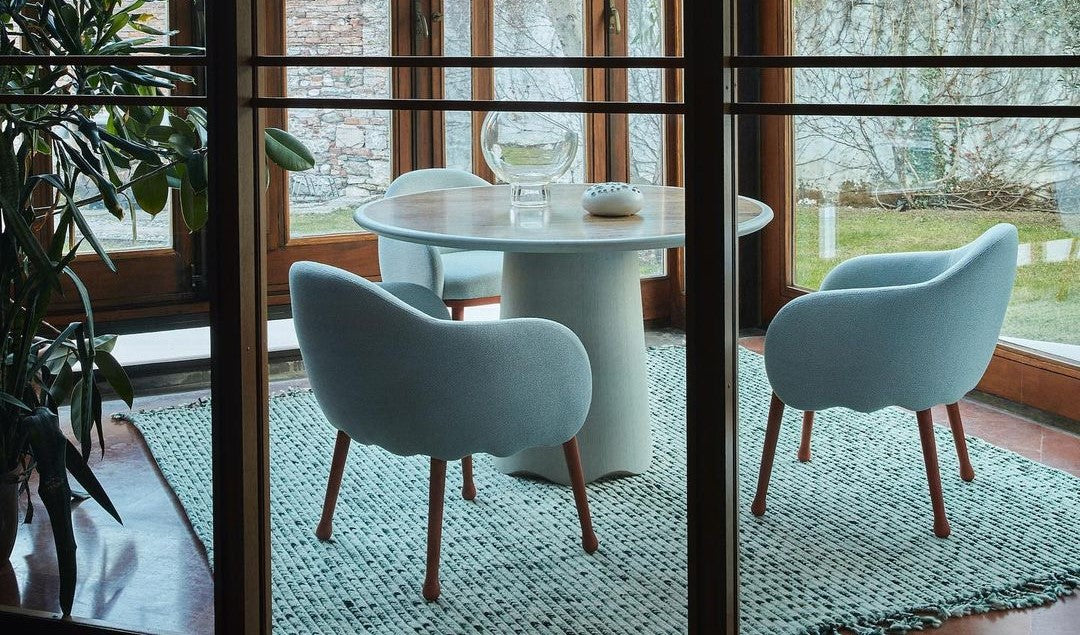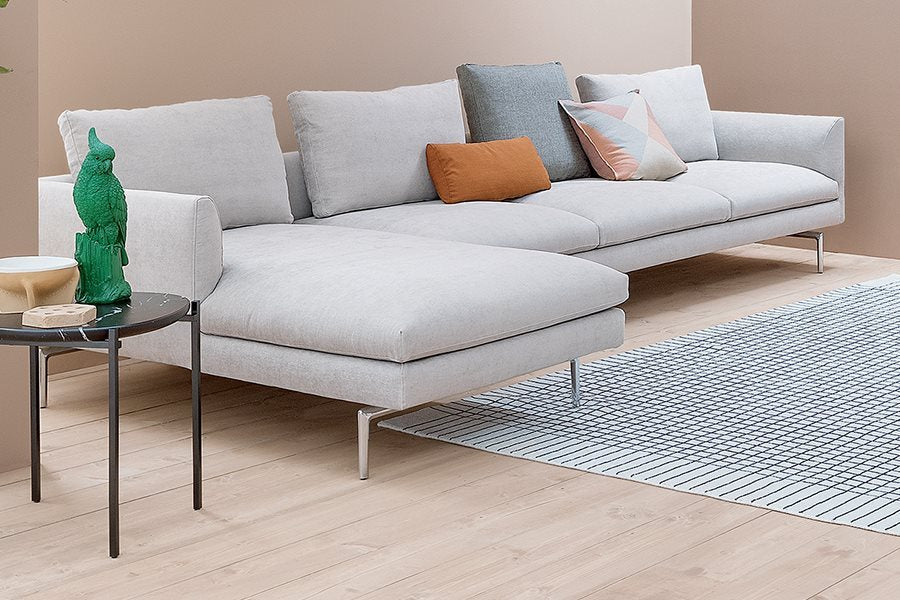
The Art of Pairing Designer Dining Room Chairs With Your Table
The Art of Pairing Chairs with Your Dining Table: A Style Guide
Why Does Chair Selection Matter?
Selecting the perfect chairs for your dining table is akin to choosing the right accessories for your favorite outfit. The combination doesn't just need to fit; it should enhance the overall appeal, making a statement that reflects your personal style and understanding of comfort and design. It's not just about aesthetics; it’s also about creating a space where moments are savored, and memories are made. Here’s how to master the art of selecting dining chairs that harmonize with your table and elevate your dining space.

How to Measure for the Perfect Fit
Understanding scale is crucial in creating a balanced and inviting dining area. Consider these key measurements:
- Table Height: Most dining tables stand between 28 to 31 inches tall, with 30 inches being the standard.
- Chair Height: Dining chairs typically measure 17 to 20 inches from floor to seat.
- Ideal Gap: Aim for a 10 to 12-inch gap between the seat and tabletop to ensure diner comfort.
To personalize your selection, visit showrooms to experience different combinations, or be mindful of your comfort at various dining settings. Carry a tape measure to record the most comfortable table-to-chair height for you.
Choosing the Right Chair Dimensions
- Width and Depth: Ensure chairs fit under the table without hindrance. For rectangular tables, side chairs should tuck in easily, avoiding any collision with table legs or base.
- Spacing Between Chairs: Maintain at least a 2-inch gap between chairs to avoid a cramped dining experience.
How to Choose the Perfect Chair Arm and Back Height for Your Dining Table
- Arm Height: Select armchairs that slide under the table without scraping the underside, such as the Suite Armchair by Midj. This prevents damage and ensures comfortable seating.
- Chair Back Height: Opt for chairs with backs taller than the table surface by at least two inches, avoiding a disproportionate look.
Marrying Style with Function
While scale ensures comfort, style brings joy and personality to your dining area. To blend aesthetics and function:
- Find a Unifying Element: Look for a common feature in chairs and tables, like design period, color undertone, or level of formality, but avoid being too matchy-matchy to keep the intrigue.
- Contrast and Complement: Mix styles deliberately to make a statement. For instance, sleek modern chairs can complement an antique table, creating a striking juxtaposition.
Style Exceptions: Breaking the Rules with Confidence
Sometimes, the most memorable pairings come from bold choices that defy traditional rules. An ultra-modern table might pair unexpectedly well with ornate, antique chairs, creating a dynamic and avant-garde dining setting. These choices can be polarizing but also incredibly personal and distinctive.
Resources
- Check out this Pinterest board for inspiration on pairing dining chairs and tables
- Check out this video of some great tips for dining table and chair pairings.
Frequently Asked Questions
-
Do dining chairs and tables have to match? No, they don’t. While they should harmonize in terms of scale and style, contrasting elements can add depth and interest to your dining space.
-
What’s the ideal space between a chair seat and the table? A comfortable legroom space is between 10 to 12 inches, ensuring most diners can sit comfortably without their knees touching the table underside.
-
How much taller should the chair back be than the table? Ideally, chair backs should be visible above the table by at least two inches to create a balanced look.
-
What materials work best for dining chairs? The best materials depend on your style and usage. Wood is classic and durable, upholstery offers comfort and a touch of luxury, and metal can add a modern, industrial edge. Consider materials that are easy to clean and maintain, especially if the chairs are used frequently.
-
How do I care for my dining chairs to ensure longevity? Regular maintenance is key. For wooden chairs, dust regularly and use a wood polish to maintain the finish. Upholstered chairs should be vacuumed regularly and spot-cleaned as needed. Metal chairs can be wiped down with a damp cloth. Always check the manufacturer’s care instructions.
In summary, selecting the right chairs for your dining table is a nuanced process that blends functionality with aesthetic appeal. By considering scale, comfort, and style, you can create a dining area that not only looks great but also invites you to linger over every meal.





